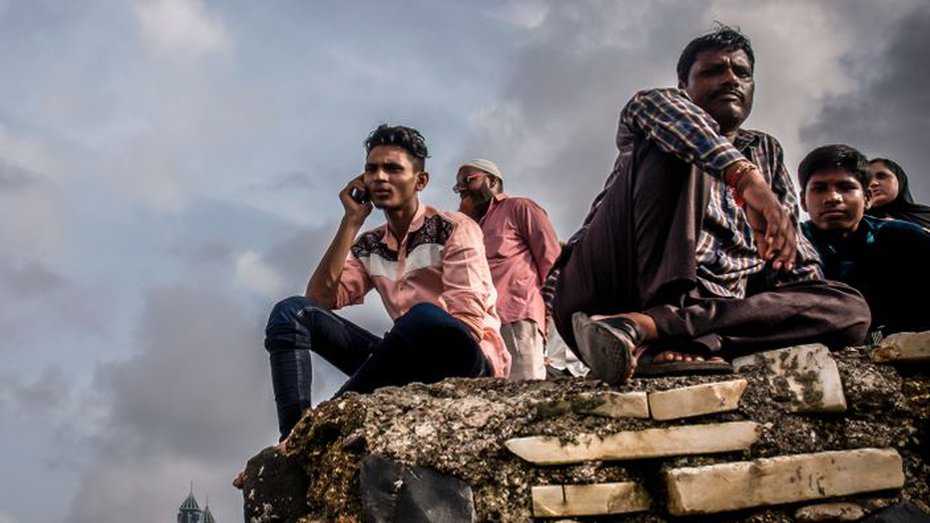On jobs, India behind Pak, Bangla, Afghan…

Image collected
t least two in every five young Indians are not part of the workforce or have no link with education or any form of training, a UN report has said, putting the country behind Pakistan, Bangladesh, Afghanistan and Sri Lanka on these parameters.
The World Economic Situation and Prospects 2020 report, released here on Friday, said over 40 per cent of Indians aged between 20 and 34 were Not in Education, Employment or Training (NEET) for the period between 2010 and 2018.
The corresponding youth NEET rate — which represents young people outside employment, education or training — was one-third for other South Asian countries like Afghanistan, Bangladesh, Pakistan and Sri Lanka.
Nagesh Kumar, head, UN Economic and Social Commission for Asia and the Pacific, said India needed to focus more on education to make the most of its demographic dividend.
“India is a youthful country. There cannot be a better investment than education,” Kumar told reporters.
Professor Ravi Srivastava, a labour economist, said the NEET category would include those engaged in domestic work and even homemakers.
Srivastava said: “Among those who are outside the labour force, a major population is engaged in domestic duties. The rate of participation in the workforce is high among women in Bangladesh compared with India. Besides, the unemployment rate in India has increased to a very high level because of a lack of job creation. That is why the NEET is high in India.”
He said the Periodic Labour Force Survey released by the Centre had found the unemployment rate in India was 6.1 per cent in 2017-18, the highest since 1972-73. While the unemployment rate has increased in India, the world average has declined.
The UN report said the world unemployment rate had fallen to slightly under 5 per cent, about the same level as before the global financial crisis of 2008.
“The decline in global unemployment over the past year is mainly the result of further job gains in major developed economies. In the United States, unemployment fell in 2019 to a 50-year low of 3.6 per cent. Unemployment in Japan stands at 2.2 per cent, its lowest in 27 years,” it said.
The report said that equal access to education would encourage a more level playing field in terms of access to quality jobs and wages.
“The social returns from an educated workforce are substantial and generally include increased productivity and civic engagement and a reduction in crime. This may be supported by upgrading school infrastructure, targeting resources to disadvantaged students and schools, providing early childhood education, and establishing teacher training programmes.”
According to the report, income inequalities increased in India, Bangladesh and Sri Lanka between the early 1990s and the early 2010s, with the top 10 per cent of earners in India receiving 54.2 per cent of the total national income.
The report said girls were substantially less likely than boys to complete their secondary or higher education, and that half the number of girls in South Asia were married off before they turned 18, limiting their prospects for meaningful participation in the labour market.
The report was mainly about GDP projections. Nagesh Kumar said India would grow at a rate of 5.8 to 5.9 per cent in 2020-21.
Source: https://www.telegraphindia.com
Previous Story
- BD economy may grow by 7.80pc in FY20:...
- WB projects 7.2 pc GDP growth for Bangladesh...
- Bangladesh: The economic miracle of the year
- Exhibiting the New Spirit in Bangladeshi Architecture
- Economic indicators contradict GDP growth figure: economist
- Bangladesh at a crossroads
- Conducive business climate key to double digit GDP...
- Job creation, decentralized dev key to economic transformation